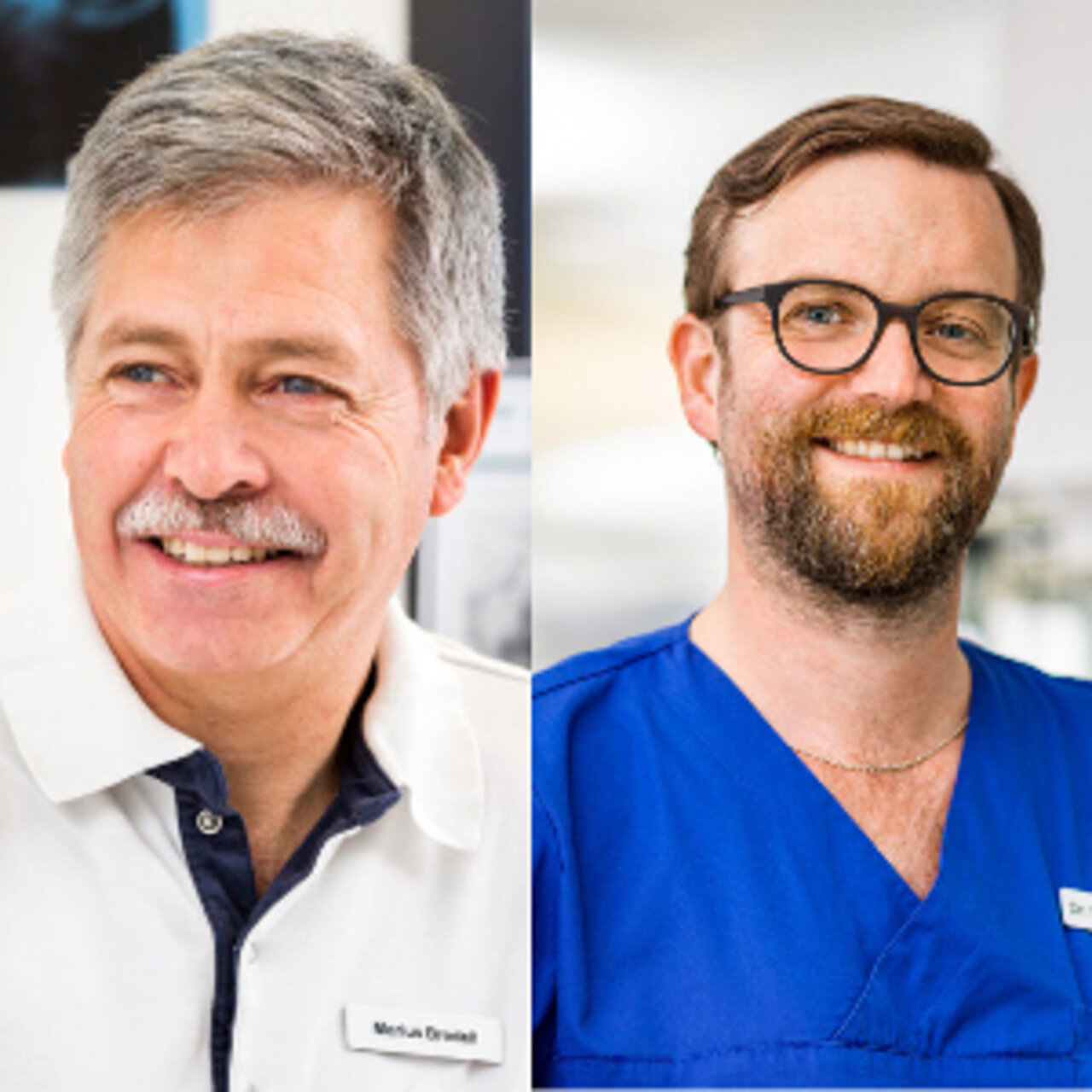Specialists in Jaw cyst
2 Specialists found
Information About the Field of Jaw cyst
What is a cyst of the jaw?
Cysts are fluid filled blisters that are enveloped in mucosal layer. They can occur anywhere in the body, also in the jawbone and soft tissues (skin, musculature) of the oral and maxillofacial region.
Cysts of soft tissues and bones in the jaw are a rather common and benign condition, particularly affecting people from 20 to 50 years of age with a significantly higher incidence in men compared to women.
Jaw cysts can originate from the remaining tissue of the tooth development. Most of the time, some inflammatory processes around such tissue remnants trigger the cyst formation. However, also blockages of glandular outlets (smaller salivary glands are found throughout the mouth) could pile up secretions and result in the development of cysts.
Symptoms and causes
Jaw cysts may not always present with symptoms. They are often discovered accidentally by an oral surgeon when taking an X-ray of the jaw.
It is typical for cysts to grow significantly in size over time. As an effect of their growth, they may be associated with swelling, pain, or inflammation. As the cyst claims more and more space, nearby tissue has to give way.
In this way, cysts in the jaw can lead to misaligned teeth or even obstruction of the nerve canal in the mandible during their course. Surgical intervention is always advisable.
In some rare situations, it is possible to for a malignant bone tumor to be identified as a bone cyst based on its appearance. This is why the removed tissue must be thoroughly analyzed by a specialist in all cases.
Jaw cyst surgery
Soft tissue cysts are fairly simple to treat. The oral surgeon excises the whole cyst (mucosa with the contents of the cyst) from the surrounding tissue. Additionally, some cyst walls may be nicked and opened up in order to be sutured to the adjacent mucosa (marsupialization). The contents of the cyst can drain out in this way. Simultaneously, occlusion of the cyst is prevented.
When performing a bone cystectomy (cyst excision), the whole cyst with its lining and contents is removed, too which is followed by wound closure. In case of a bone lesion that is too large, the jaw bone stability may become compromised. To counteract this, either a patient's own bone material (harvested e.g. from the iliac crest) or bone substitute material will need to be inserted to make up for the cavity.
Cystotomy (cyst fenestration) of a bone cyst is performed by the oral surgeon and involves removing the cyst contents, while leaving a portion of the cyst wall in place. The cyst is then sewn to the mucosa of the surrounding oral cavity. With the cyst cavity now lying open, it is either stuffed with a pad or with a plastic graft, which shrinks in size over time. This allows the cyst cavity to become ossified spontaneously over a period of several months to fill the hollow space in the jaw. For larger jaw cysts, however, this may take as long as several years.
Because the risk of the cyst wall getting closed again can not be ruled out, a procedure can also be carried out in two stages. This is done by beginning to fenestrate the cyst until the wound cavity has shrunk substantially. Next, the cyst is excised and its remnants are removed. The risk of new growth of cysts is thereby decreased, while bone regeneration is ensured at the same time.
Prognosis
Like any surgical procedure, treatment of soft tissue cysts and bone cysts located in the jaw poses a risk of injuring adjacent structures. Especially in the jaw area, that includes nerve injury (mandibular nerve) and dental trauma. Also infections and fracture of the jaw are possible in case of large cysts which make the jaw unstable.
Until there is complete healing, regular X-ray examinations should be performed with the oral surgeon twice a year. The aim of a cystectomy is bony healing of the cyst cavity within 6-12 months.
Since cysts tend to return, the possibility of a relapse (recurrence of the cyst) cannot be excluded even with surgery.
Should you have any further questions regarding the options and alternatives of treatment of soft tissue and bone cysts, do not hesitate to contact your specialist for oral surgery or oral and maxillofacial surgery.

